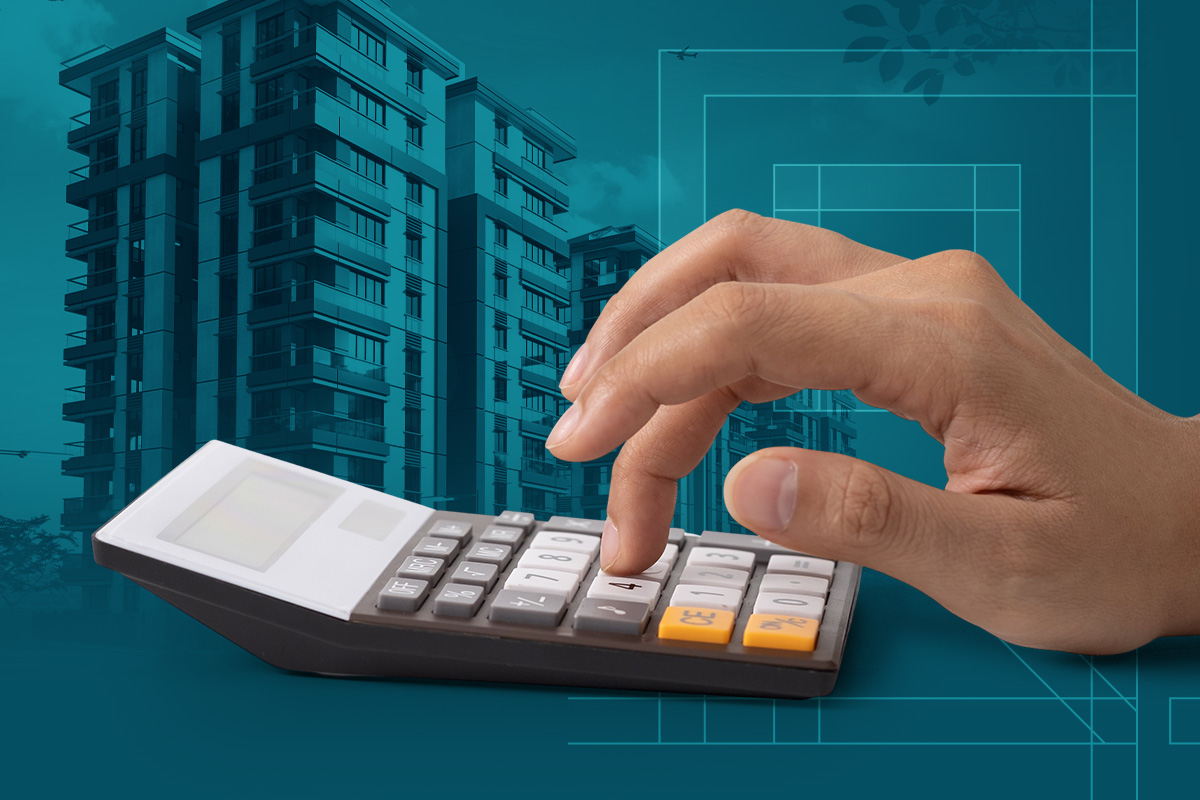
We are reader-supported. When you buy through links on our site, we may earn an affiliate commission.
Moving into a new place is often a mixture of excitement and stress. You have to research neighborhoods, decide on square footage and, most importantly, determine how much you can afford. How do you decide what percentage of income should go to rent?
Now more than ever, people are choosing to lease – about 36% of all households in the United States are renter-occupied. Before you go apartment hunting, however, you’ll want to take a look at your budget.
The 30% Rule
The standard recommendation is to put — at most — 30% of your monthly income towards rent. However, how far this amount actually takes you depends on where you live.
Let’s say you work in Pennsylvania and your job pays you a salary of $45,000 per year. After deductions like income tax, Social Security and Medicare, you’ll bring home around $36,000, or approximately $3,000 per month.
Set aside 30% of that, and you’ve got $900 for rent and utilities, with $2,100 left for everything else. In areas with a low cost of living — like many in Pennsylvania — the 30% rule is a realistic rule of thumb for renters.
How Rent Affordability Differs By Location
Of course, not everyone lives in locations like this. If you’re one of the dozens of people moving to Los Angeles or San Francisco, you’re going to pay nearly 4x that amount to put a roof over your head.
If we take our previous calculations and adjust the salary to $57,782, which is the median income in New York City, you’ll take home around $3,642 a month.
With the 30% rule, you can spend $1,092.60 on rent. This won’t work for most without adjustments — because the median rent for NYC one-bedroom apartments recently hit $2,980 per month.
The takeaway here is that, above all else, you need to be sure you can make ends meet. Once you figure out where you’re moving, compare your monthly income to that of the area’s average rent costs.
If 30% allows you to cover all of your living expenses, then, by all means, go by that. However, you may not be able to commit to that percentage in pricier regions.
The 50/30/20 Rule
This budget guideline better reflects the modern era. With this rule, you divide your monthly income into three categories – 50% for needs, 30% for wants and 20% for savings.
Each section includes various expenses, all of which you pay for with your after-tax income.
Needs
Most of your cash will fulfill this category. Your needs include all necessary and recurring bills, like housing, utilities, groceries, debt payments and health insurance. These are always going to be the essential expenses, so it’s vital to set aside enough money for them.
When we take that original monthly income of $3,000 and apply this rule, you should allocate $1,500 for needs. Because this amount goes towards several expenditures, not just rent, you have more flexibility in how you spend it.
Wants
Consider the extras in life that we all spend money on. Shopping, eating out, gym memberships and hobbies are all things we love to do, but, ultimately aren’t as important as our needs.
Of the $3,000, you can use about $900 for these purposes. When you budget everything out like this, you can determine when and what you can afford to splurge on.
Savings
Every household should have access to an emergency fund that’ll support them for a minimum of three months in case something goes wrong. You’ll also want to save for life events, such as weddings, birthdays and vacations.
According to the 50/30/20 rule, you should put 20% of your monthly income away, which means $600 a month in this scenario. This threshold is reasonable to stick to but, no matter what, try to save as much as you can each month. Even $200 can accumulate fast.
What Percentage of Income Should Go to Rent? It All Depends On You
At the end of the day, the amount of income you set aside for rent is up to you and your living situation. For some people, 30% works well within their budget. Others prefer the flexibility and options the 50/30/20 rule offers.
Before you start looking for a place to rent, calculate your monthly income and determine how much rent you can afford amongst all of your other expenses. Don’t forget to consider utilities, too, such as electric, water, sewer and trash. This process will prepare you and make the search process much more manageable.










